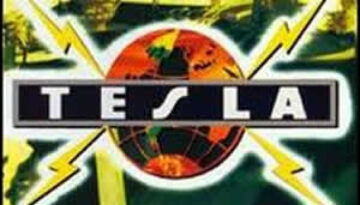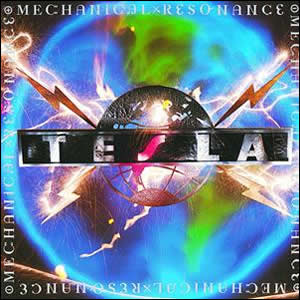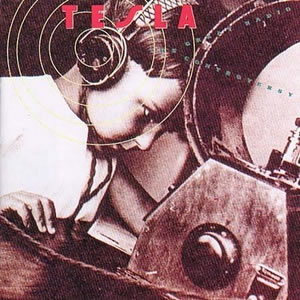Psychotic Supper by Tesla
Buy Psychotic Supper Out of the deluge of “hair bands” that populated the rock scene in the late 1980s, Tesla was, perhaps, the most talented and interesting. The band composed songs which were […]

Buy Psychotic Supper Out of the deluge of “hair bands” that populated the rock scene in the late 1980s, Tesla was, perhaps, the most talented and interesting. The band composed songs which were […]

Buy Mechanical Resonance Mechanical Resonance is the 1986 debut album by hard rock quintet Tesla. The original album sides were distinctive in approach, with the first side containing garden-variety hair-metal anthems complete with […]

Buy Great Radio Controversy The group Tesla never quite fit within any definitive genre box, which may have ultimately prevented the Northern California band from reaching their critical or commercial potential. In the […]